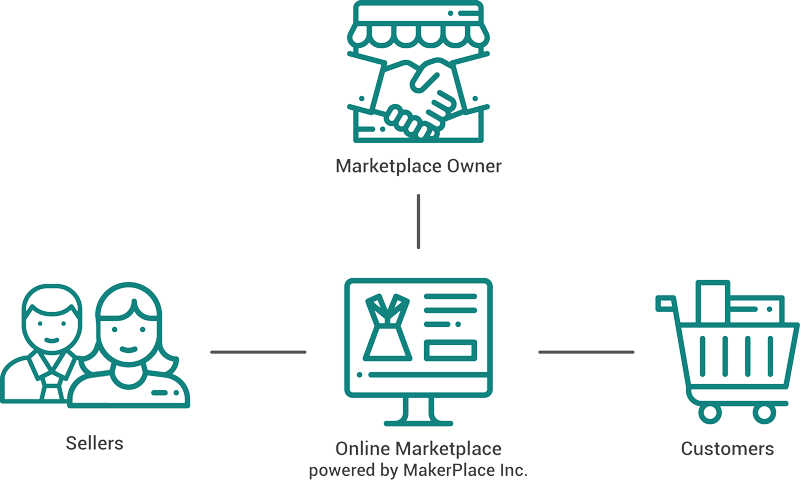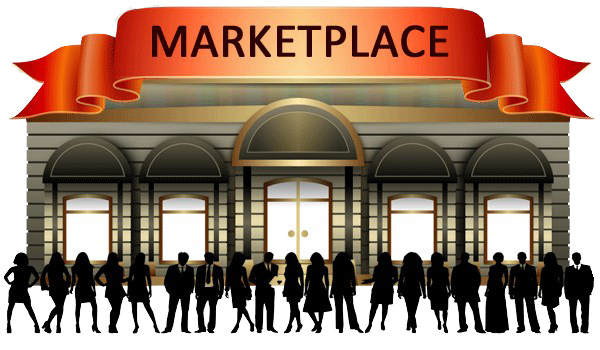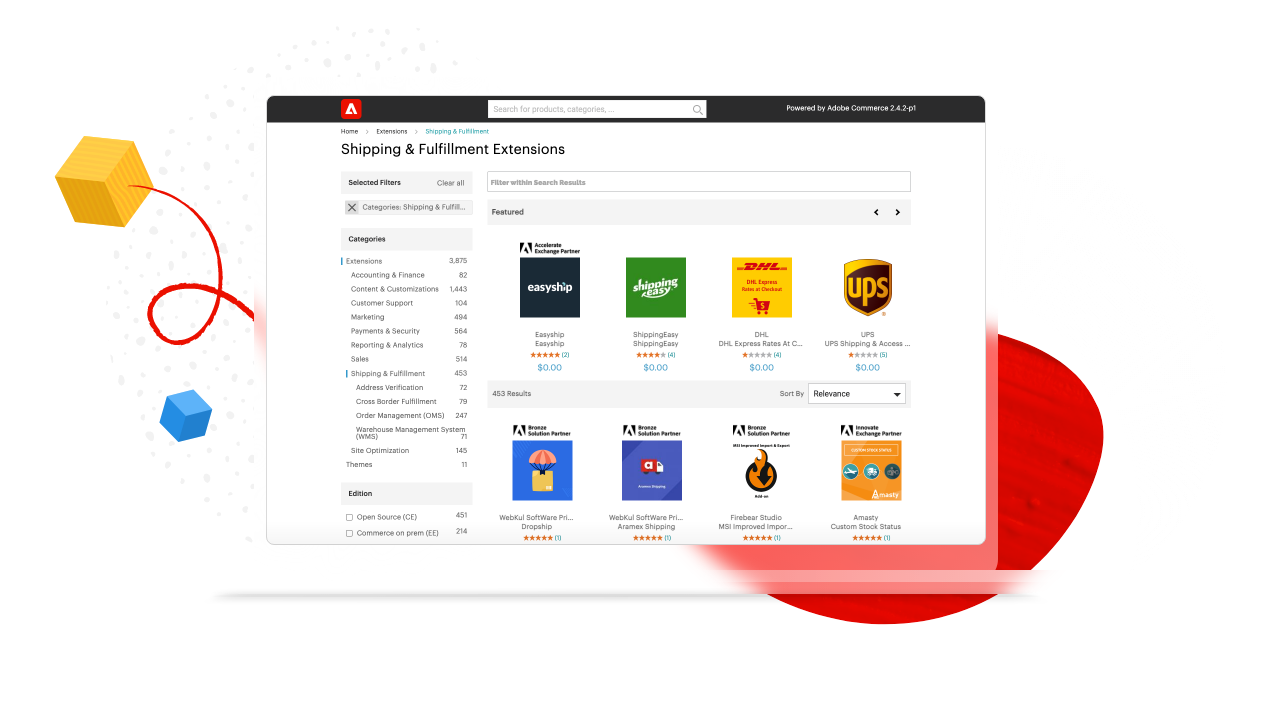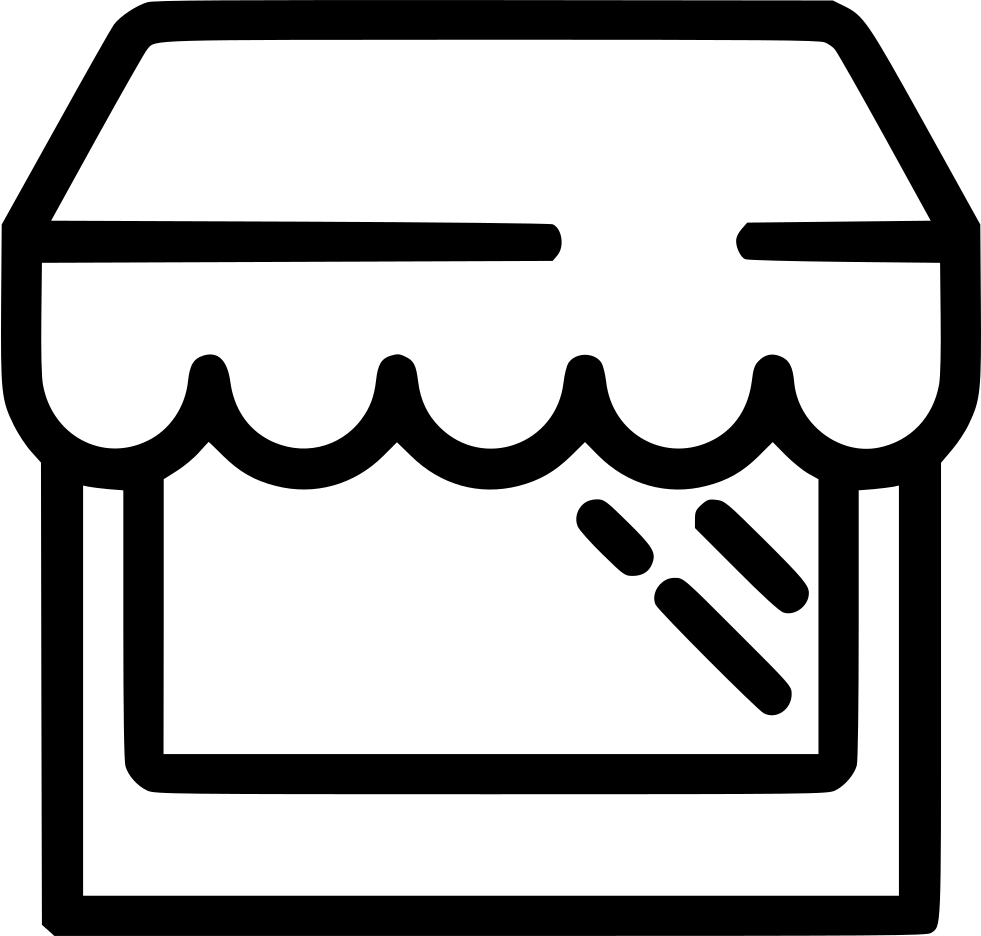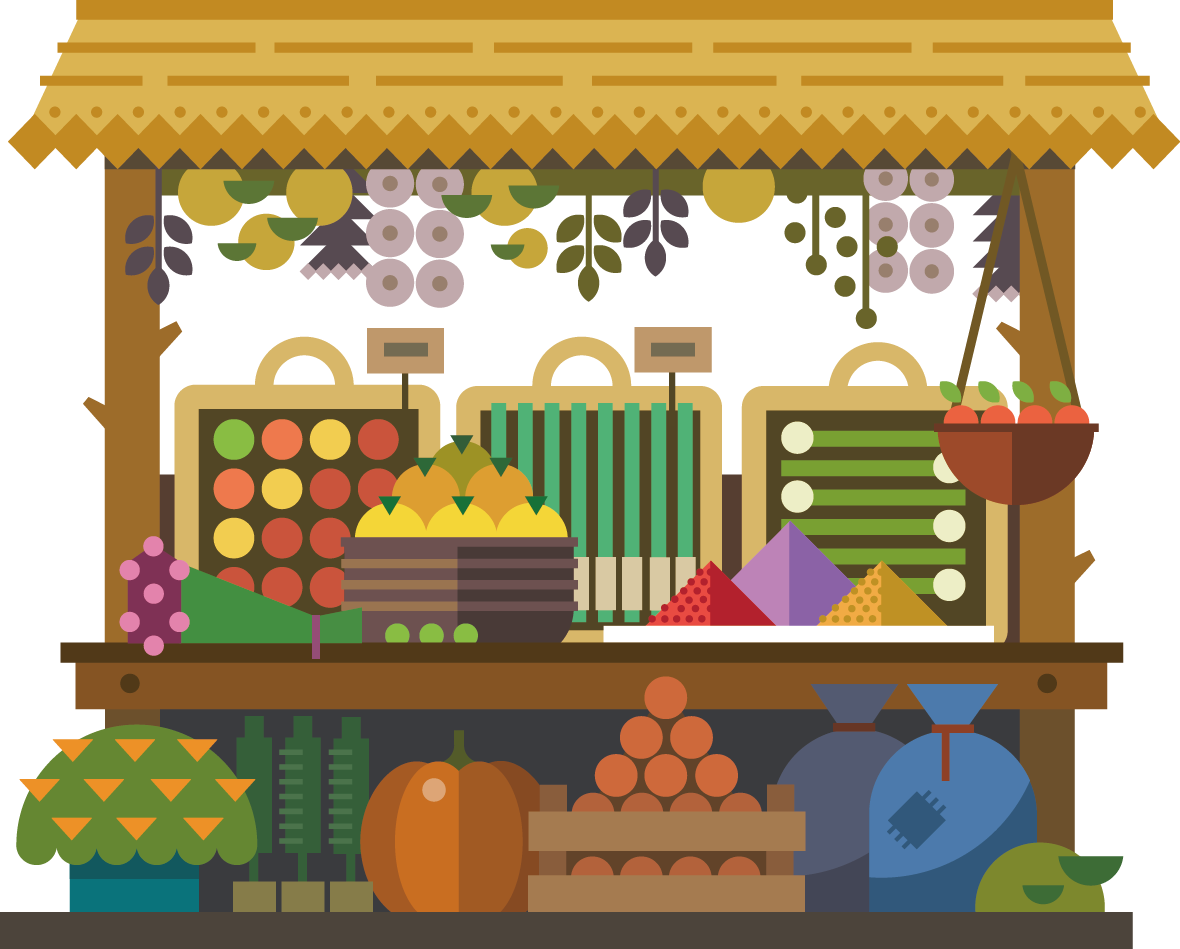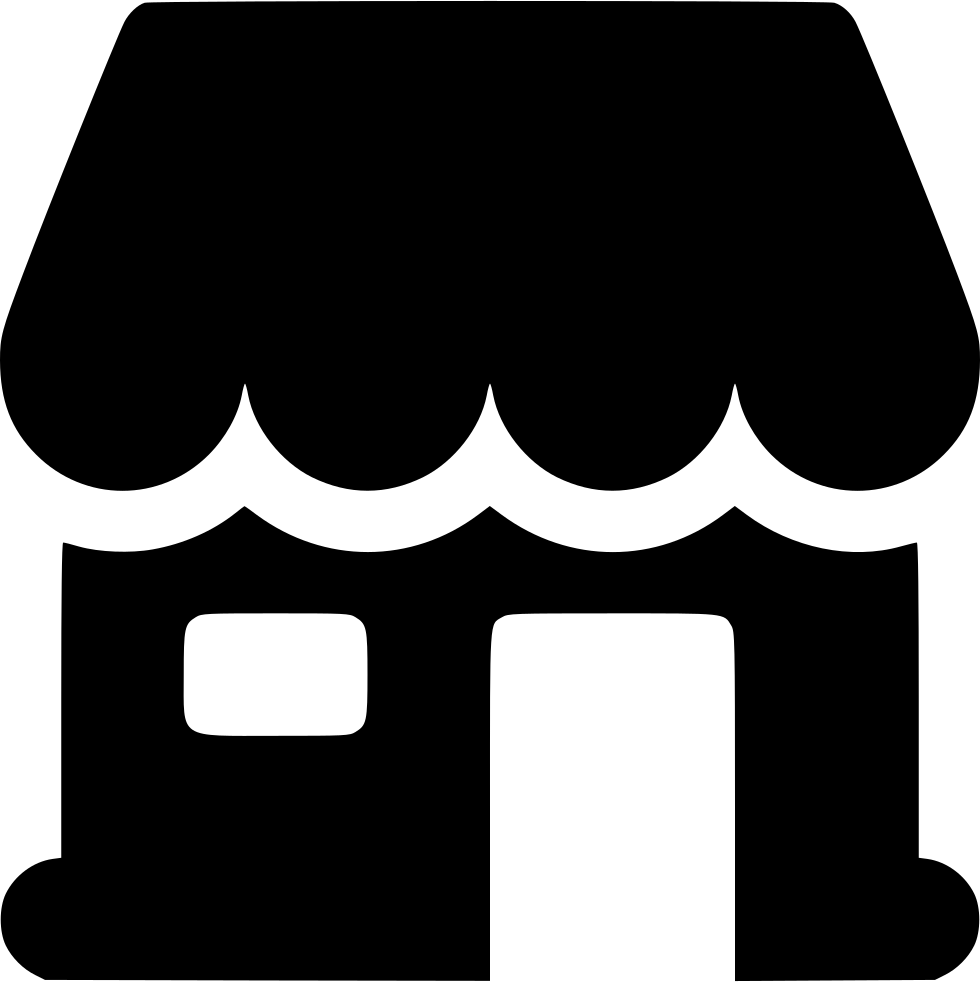Download top and best high-quality free Marketplace PNG Transparent Images backgrounds available in various sizes. To view the full PNG size resolution click on any of the below image thumbnail.
License Info: Creative Commons 4.0 BY-NC
A market, sometimes known as a marketplace, is a place where people meet on a daily basis to buy and sell food, cattle, and other items. A market place is known by several names across the world: souk (Arabic), bazaar (Persian), permanent mercado (Spanish), itinerant tianguis (Mexico), and palengke (Chinese) (Philippines). Some markets run on a daily basis and are known as permanent markets, whilst others operate once a week or on less often defined days, such as festival days, and are known as periodic markets. The population, culture, environment, and geographic factors of a market determine its shape. The term market refers to a variety of commercial venues such as market squares, market halls, and food halls, as well as their various variations. As a result, marketplaces may be found both outside and inside, as well as online in today’s globe.
Markets have been around for as long as humans have traded. The oldest bazaars are said to have started in Persia and expanded throughout the Middle East and Europe. From circa 3,000 BCE, zoning rules limited commerce to specific portions of cities, establishing the circumstances for the creation of a bazaar, according to documentary sources. Bazaars in the Middle East were generally long strips with booths on either side and a covered canopy to shield sellers and buyers from the scorching heat. From the 12th century onwards, Europe’s informal, uncontrolled marketplaces gave way to a system of official, chartered markets. Increased control of marketplace processes, particularly weights and measures, provided customers trust in the quality of market items and the fairness of pricing during the Medieval period. Markets have evolved in various ways across the world, based on local environmental factors such as weather, custom, and culture. To shield sellers and customers from the sun, marketplaces in the Middle East are usually covered. Markets are frequently held outside in cooler climates. A system of morning markets for fresh produce and night markets for non-perishables is popular throughout Asia.
Through e-commerce or matching platforms, markets may now be accessed electronically or through the internet.
Shopping in a neighborhood market is a common occurrence in many nations. Given the market’s importance in securing a population’s food supply, markets are sometimes heavily regulated by a central authority. Designated market places have become recognized historic and architectural landmarks in many areas, and they are now part of a town’s or country’s cultural assets. As a result of these factors, they are often visited by tourists.
Markets have been around since the dawn of mankind. Some historians suggest that a form of market has existed since people first started trading. Ancient Babylonia, Assyria, Phoenecia, the Land of Israel, Greece, Egypt, and the Arabian Peninsula all had open-air public marketplaces. However, not all cultures have established a market system. Markets did not evolve in ancient Persia, according to Herodotus, a Greek historian.
From the early Bronze Age onwards, a network of marketplaces arose across the Mediterranean and Aegean. Salt, lapiz-lazuli, dyes, fabric, metals, pots, pottery, sculptures, spears, and other utensils were among the many items exchanged. According to archeological evidence, Bronze Age traders divided trade routes into regional circuits. These trading routes transported both goods and ideas.
Documentary evidence suggests that a bazaar initially appeared in the Middle East circa 3,000 BCE. Early bazaars were located in a network of lanes that ran the length of the city, usually spanning from one city gate to another on the opposite side. The bazaar in Tabriz, for example, is the world’s longest arched market, stretching 1.5 kilometers along a street. According to Moosavi, the Middle Eastern bazaar grew in a linear layout, whereas Western markets were more centralised. In comparison to other civilizations, Egyptian women frequented the market and engaged on trade, while the males stayed at home weaving fabric, according to the Greek historian Herodotus. The Babylonian Marriage Market was also mentioned by him.
Download Marketplace PNG images transparent gallery
- Marketplace PNG File
Resolution: 600 × 473
Size: 11 KB
Image Format: .png
Download
- Marketplace PNG Image
Resolution: 720 × 720
Size: 19 KB
Image Format: .png
Download
- Marketplace Ecommerce
Resolution: 800 × 484
Size: 66 KB
Image Format: .png
Download
- Marketplace Ecommerce PNG
Resolution: 541 × 316
Size: 37 KB
Image Format: .png
Download
- Marketplace Ecommerce PNG Pic
Resolution: 1160 × 619
Size: 346 KB
Image Format: .png
Download
- Marketplace Ecommerce PNG File
Resolution: 512 × 512
Size: 12 KB
Image Format: .png
Download
- Marketplace Ecommerce PNG Image
Resolution: 936 × 951
Size: 89 KB
Image Format: .png
Download
- Marketplace Ecommerce PNG Photo
Resolution: 555 × 507
Size: 68 KB
Image Format: .png
Download
- Marketplace PNG Photo
Resolution: 953 × 953
Size: 64 KB
Image Format: .png
Download
- Marketplace PNG Cutout
Resolution: 2560 × 2194
Size: 281 KB
Image Format: .png
Download
- Marketplace PNG Images
Resolution: 1280 × 1024
Size: 239 KB
Image Format: .png
Download
- Marketplace Ancient PNG Pic
Resolution: 512 × 512
Size: 68 KB
Image Format: .png
Download
- Marketplace PNG Photos
Resolution: 540 × 310
Size: 39 KB
Image Format: .png
Download
- Marketplace Transparent
Resolution: 650 × 347
Size: 38 KB
Image Format: .png
Download
- Marketplace PNG Clipart
Resolution: 3104 × 1970
Size: 129 KB
Image Format: .png
Download
- Marketplace PNG Picture
Resolution: 600 × 375
Size: 55 KB
Image Format: .png
Download
- Marketplace PNG HD Image
Resolution: 490 × 598
Size: 47 KB
Image Format: .png
Download
- Marketplace Ancient PNG File
Resolution: 512 × 512
Size: 8 KB
Image Format: .png
Download
- Marketplace Facebook
Resolution: 1324 × 190
Size: 58 KB
Image Format: .png
Download
- Marketplace Ecommerce PNG Cutout
Resolution: 1000 × 874
Size: 214 KB
Image Format: .png
Download
- Marketplace PNG Image HD
Resolution: 1770 × 1204
Size: 223 KB
Image Format: .png
Download
- Marketplace No Background
Resolution: 1016 × 1016
Size: 147 KB
Image Format: .png
Download
- Marketplace Business PNG
Resolution: 600 × 350
Size: 258 KB
Image Format: .png
Download
- Marketplace Business PNG Images
Resolution: 1011 × 944
Size: 18 KB
Image Format: .png
Download
- Marketplace Business PNG Photos
Resolution: 1280 × 720
Size: 200 KB
Image Format: .png
Download
- Marketplace Business Transparent
Resolution: 981 × 936
Size: 46 KB
Image Format: .png
Download
- Marketplace Business PNG Clipart
Resolution: 1180 × 949
Size: 109 KB
Image Format: .png
Download
- Marketplace Business PNG Pic
Resolution: 700 × 350
Size: 15 KB
Image Format: .png
Download
- Marketplace Business
Resolution: 512 × 512
Size: 39 KB
Image Format: .png
Download
- Marketplace Business PNG File
Resolution: 983 × 179
Size: 219 KB
Image Format: .png
Download
- Marketplace Business PNG Image
Resolution: 2986 × 958
Size: 40 KB
Image Format: .png
Download
- Marketplace Business PNG Photo
Resolution: 980 × 860
Size: 26 KB
Image Format: .png
Download
- Marketplace Business PNG Cutout
Resolution: 980 × 616
Size: 22 KB
Image Format: .png
Download
- Marketplace Ancient
Resolution: 980 × 982
Size: 21 KB
Image Format: .png
Download
- Marketplace Ancient PNG
Resolution: 1024 × 1024
Size: 20 KB
Image Format: .png
Download
- Marketplace
Resolution: 865 × 640
Size: 65 KB
Image Format: .png
Download
- Marketplace PNG
Resolution: 620 × 579
Size: 46 KB
Image Format: .png
Download
- Marketplace PNG Pic
Resolution: 749 × 428
Size: 81 KB
Image Format: .png
Download


